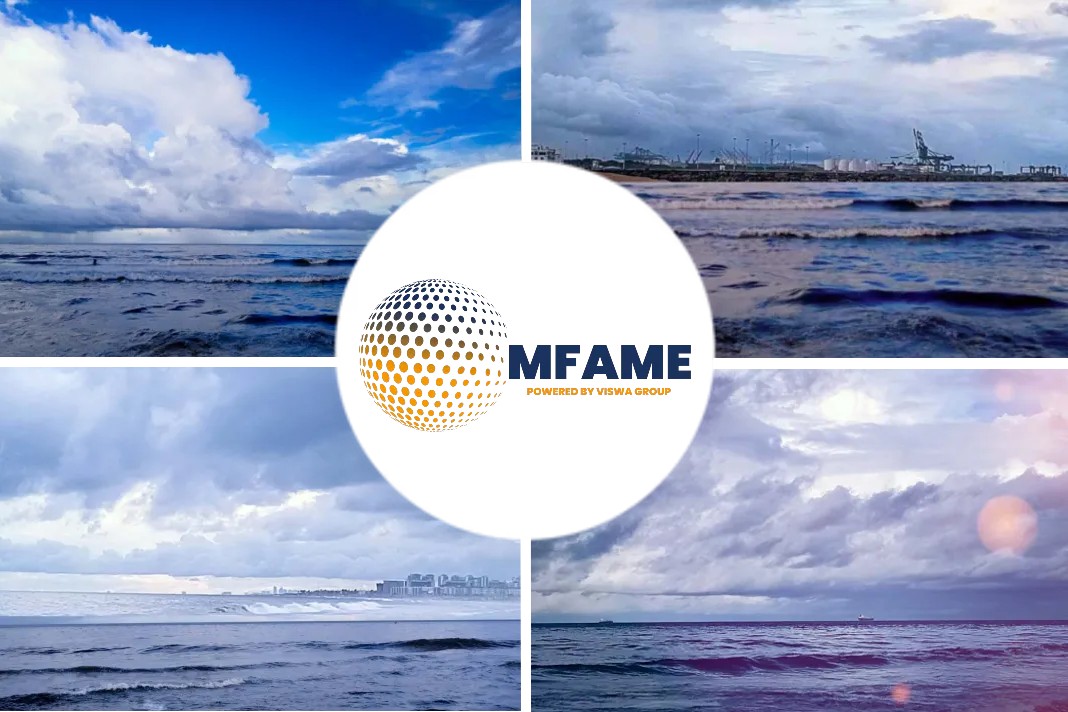
Innovative propulsion solutions from Wärtsilä empower Vitol to achieve impressive fuel savings and emissions reductions, setting a new standard for sustainable shipping. The wartsi source.
- Vitol’s adoption of Wärtsilä’s EnergoFlow and EnergoProFin technologies results in 6% fuel savings and emissions reduction, making their vessels CII compliant.
- These innovations provide an eco-friendly solution for the maritime industry, offering substantial fuel efficiency gains and environmental benefits.
- Seamless installation during drydock stays showcases the tangible advantages of these technologies, encouraging further adoption for a sustainable maritime future.
A Solution for a Sustainable Future
In the face of increasing pressure to reduce vessel emissions, Vitol and LSC Group have taken a pioneering step towards a more sustainable maritime industry. Leveraging cutting-edge technology from Wärtsilä, they have not only achieved significant fuel savings but also improved their Carbon Intensity Indicator (CII) ratings, setting a new standard for environmental performance in shipping.
Wärtsilä’s Game-Changing Technologies
Wärtsilä’s EnergoFlow and EnergoProFin have emerged as game-changers in the quest for energy efficiency and reduced emissions. These innovative solutions offer a cost-effective way to enhance propulsion systems, delivering remarkable benefits to Vitol’s tanker fleet.
Unveiling the Magic of EnergoFlow
Wärtsilä EnergoFlow, a pre-swirl stator, has revolutionized propeller efficiency by optimizing the inflow and directing stern flow in the opposite direction to propeller rotation. This simple yet effective technology has resulted in a 6% reduction in fuel consumption and emissions for the Elandra Star and Elandra Sea, extending their operational life while contributing significantly to sustainability goals.
Turning Propellers into Efficiency Machines
EnergoProFin, another remarkable innovation from Wärtsilä, is an energy-saving propeller cap with rotating fins. By minimizing propeller hub vortex and recovering kinetic energy from the flow behind the propeller blades, it has paved the way for 16 days of free fuel for vessels sailing 260 days a year. The combined CO2 emissions reduction is equivalent to 510 cars each driving 25,000 km – an astonishing 12,750,000 km, or 318 laps around the Earth.
Did you subscribe to our daily newsletter?
It’s Free! Click here to Subscribe!
Source-wartsi


















